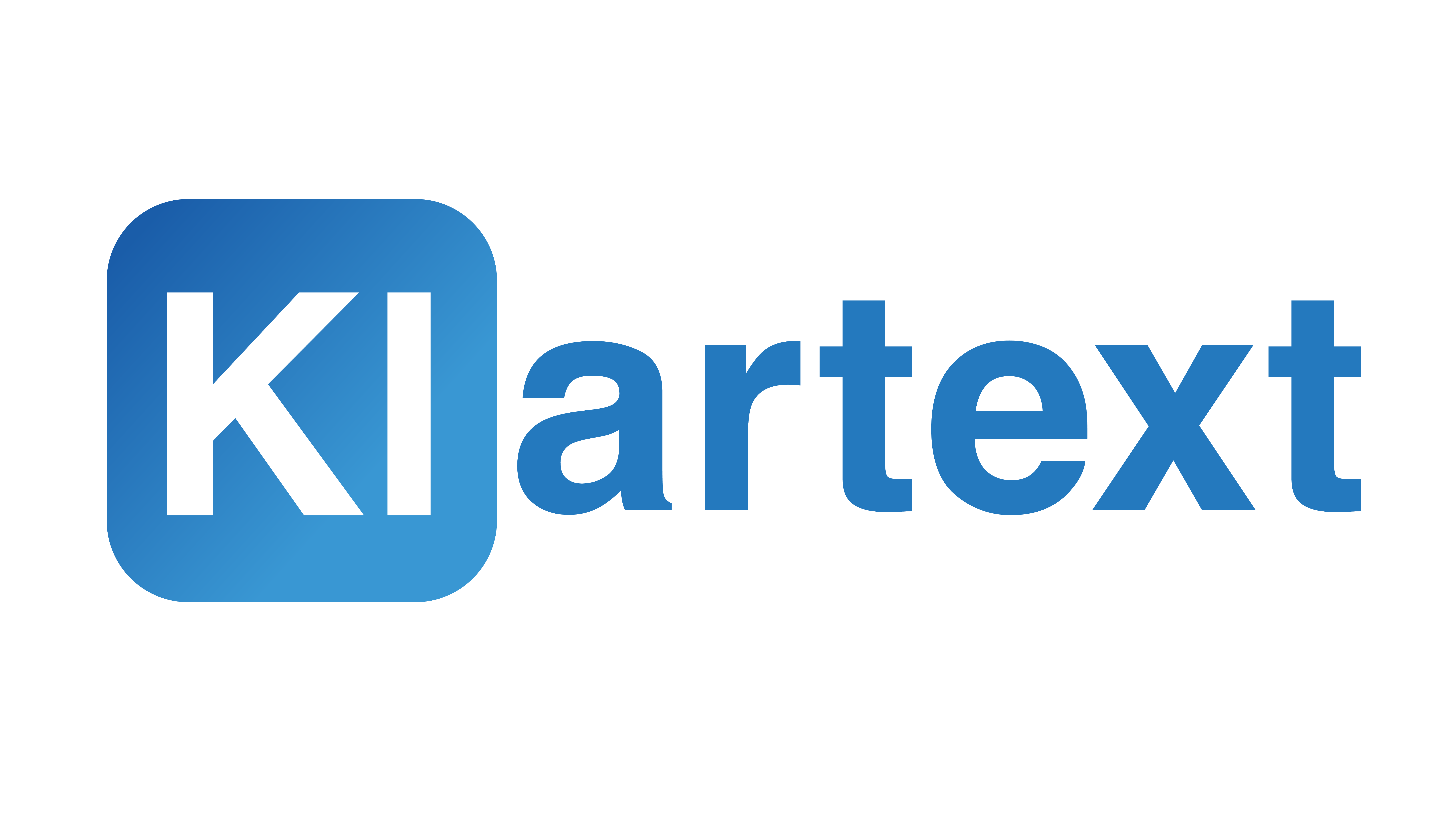Thought Leadership: Knowledge with Depth and Direction
How we connect research, community, and practice – and why thought leadership in AI is more than a buzzword.
For us, thought leadership means combining scientific depth, lived community, and practical implementation in a way that creates real orientation – for companies, policy, and society. Instead of merely repeating trends, we create spaces for exchange, share methods, and bring together perspectives from research and practice.
Why thought leadership in AI is so critical right now
AI has long since entered the mainstream. In Europe, more than 13 % of companies with 10 or more employees already use AI technologies – and the trend is growing quickly. At the same time, studies show that only a small share of these organisations actually generate measurable value from their AI investments.
The gap in between: the technology exists, use cases are known – but what is missing is interpretation, orientation, and a clear understanding of what responsible AI should look like in practice.
This is exactly where thought leadership comes in. Not as a buzzword, but as a responsibility:
- making sense of complex developments instead of just repeating trends
- building bridges between research and application instead of working in silos
- enabling open exchange instead of “hiding” knowledge
“Innovation emerges where research, community, and practice come together – when we jointly define what responsible AI should look like tomorrow.” – Daniel
Research, community, practice: three pillars of thought leadership
Thought leadership is not a single person for us, but the interplay of three layers:
- Research & methodology: We work with teams that have been active in AI, data science, and applied research for years – from universities to Fraunhofer environments to industry-focused projects.
- Community & exchange: Through networks such as AI Austria, AI Impact Mission, and the European AI Forum, we are in continuous dialogue with hundreds of experts across Europe.
- Practice & implementation: Our thinking does not emerge in a vacuum, but directly along real projects, use cases, and production systems.
Only when these three layers come together does thought leadership emerge that provides real orientation – instead of just clever words.
What we actually do to share knowledge
Thought leadership, for us, means not hoarding knowledge but actively making it accessible. You can see this in, for example:
- Meetups and community events where we share insights into current projects, methods, and lessons learned – open, honest, and without sales slides.
- Study circles and peer sessions where we discuss papers, architectures, or new frameworks with other professionals.
- Talks and panels at conferences, industry events, and policy formats where we bring in practical perspectives.
- Articles, blog posts, and internal playbooks where we document principles, patterns, and anti-patterns.
Our goal is to enable people to ask better questions, make better decisions, and use AI systems more consciously.
Thought leadership is more than strong opinions
Much of what is labelled “thought leadership” today is, in truth, branding. For us, the following applies:
- No thesis without substance. If we recommend something, it is based on data, practical experience, or solid research.
- No simple answers to complex questions. Especially in AI, uncertainty is normal – we name it instead of hiding it.
- No show without consequences. Thought leadership also means being uncomfortably honest on topics like data protection, fairness, or governance.
Good thought leaders, for us, are those who are willing to say: “We do not know yet – but we will figure it out together with you.”
Formats in which we live thought leadership
Some examples of how this shows up in our daily work:
- Community building via AI Austria, AI Impact Mission, and other networks where we help design, moderate, or shape formats.
- Bridging disciplines: bringing data scientists, engineers, lawyers, ethicists, and domain experts to the same table – and helping them find a shared language.
- Open sharing of methods – for example around evaluation, prompt design, system architecture, or governance questions – so others can start faster and more safely.
- Mentoring and sparring for teams that want to introduce AI and face strategic or technical decisions.
Over time, this creates a web of shared knowledge, reference projects, and lived best practices.
What organisations actually gain from thought leadership
Thought leadership is not an end in itself. It delivers very concrete benefits for organisations:
- Faster orientation: Which AI trends are relevant – and which are not?
- Better decisions: Which use cases are worth it, which risks are realistic?
- More robust strategies: How can AI be set up so that it still holds up in 2–3 years?
- Better communication: How do we explain internally and externally what we are doing – and why?
In an environment where technologies, frameworks, and products change on a monthly basis, reliable interpretation becomes a crucial competitive advantage.
Our principles for responsible thought leadership
To keep thought leadership trustworthy, we adhere to a few simple but binding principles:
- Transparency: We are clear about where we are confident – and where we are not.
- Evidence: We prefer data, studies, and practical results over gut feeling.
- Independence: Our assessments are not tied to specific vendors or tools.
- European values: We think about AI in terms of fundamental rights, data protection, and social responsibility.
Thought leadership, for us, means not just standing at the front, but also taking responsibility for what we say – and for how it is translated into action in practice.
Ultimately, it comes down to something very simple: helping people, organisations, and institutions understand and use AI in ways that truly benefit them and society.
